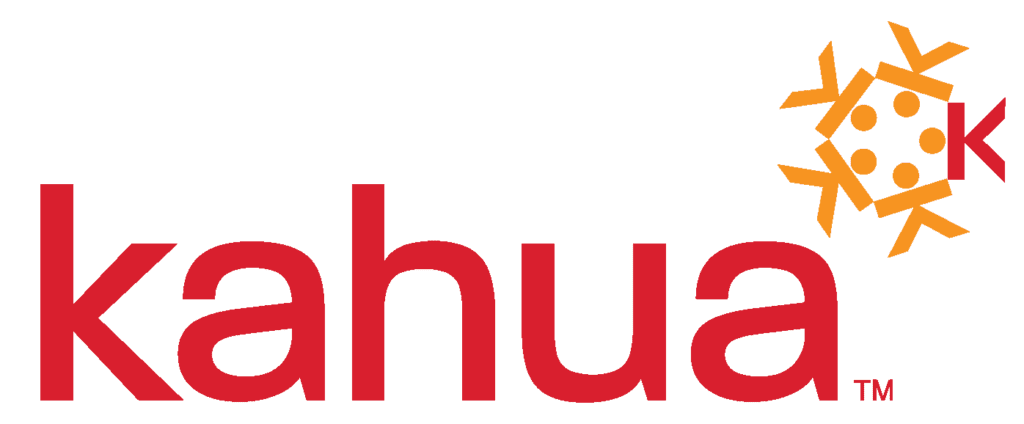Why Accurate Construction Estimating is Crucial for Success
Accurate construction estimating is the foundation of a successful project. Without a clear understanding of expected costs, owners risk budget overruns, project delays, and financial strain.
A well-prepared estimate helps you allocate resources efficiently, mitigates financial surprises, and sets a solid groundwork for informed decision-making.
In this article, we’ll break down the fundamentals of construction estimating, explore the different methods and tools available, and discuss how technology is reshaping the estimation process.
What is Construction Estimating?
Construction estimating is the process of predicting the total cost of a construction project. This includes calculating the costs of materials, labor, equipment, and overhead. A precise estimate helps owners and stakeholders understand the financial commitment of a project before breaking ground.
Unlike cost estimating, which is typically a contractor’s responsibility and focuses on determining the contractor’s costs and profit margins, owners need a broader perspective. Their focus is on securing accurate project budgets, assessing financial feasibility, and ensuring cost alignment with long-term investment goals.
Bid management, market conditions, and cost databases all play a role in accurate estimating. Understanding these factors allows owners to make well-informed decisions that ensure project viability throughout.
Key Elements Included in a Construction Cost Estimate
A detailed cost estimate for construction gives a clear financial plan, covering all project aspects before starting. This requires owners to analyze total costs, potential risks, cost-cutting measures, and the budget's sensitivity to market changes. Elements you need in a construction cost estimate include:
-
Direct costs: Materials, labor, equipment, and subcontractor work.
-
Indirect costs: Permits, insurance, temporary facilities, and administrative expenses.
-
Contingency allowances: Funds reserved for unforeseen conditions or changes.
-
Escalation factors: Adjustments for projected inflation and market conditions.
-
Soft costs: Design fees, legal expenses, and financing costs.
To develop reliable cost estimates, you need to use accurate data sources. Using bid management software can help create a competitive bidding process, resulting in the best price from contractors.
How Estimates Differ Based on Project Delivery Method
The approach to construction estimating varies significantly depending on the chosen project delivery method.
For design-bid-build projects, owners receive detailed estimates after design completion, with contractors submitting competitive bids. This method provides cost certainty but limits early collaboration.
In design-build arrangements, the integrated team develops estimates throughout the design process, allowing for real-time cost feedback and design adjustments.
Construction management at risk involves early contractor engagement, with estimating occurring at multiple design milestones. This enables value engineering while maintaining competitive pricing.
Integrated project delivery features collaborative estimating with open-book pricing and shared risk/reward structures among all stakeholders.
Each delivery method requires specific bid management, which is why understanding the differences between them helps you choose the right estimating approach for their project structure.
Core Components of a Detailed Cost Estimate
Accurate cost estimates need a detailed breakdown of all costs and reliable data. The primary components of a detailed construction cost estimate include:
-
Material costs: The price of raw materials such as concrete, steel, lumber, and finishing materials. You’ll also need to account for material specifications, availability, and potential price fluctuations.
-
Labor costs: Wages for skilled and unskilled workers, including potential overtime and benefits.
-
Equipment costs: Expenses related to machinery, tools, and rental fees for specialized equipment.
-
Indirect costs: Additional expenses that are sometimes overlooked but are critically important and include general conditions, supervision, temporary facilities, permits, insurance, and bonds. They can represent 10-15% of total project costs and require careful analysis.
While these cost components form the foundation of an estimate, achieving accuracy requires the right data and tools. Two critical elements that enhance estimate precision are:
-
Cost database: A centralized, up-to-date cost database ensures that material and labor prices reflect current market conditions, helping owners avoid inaccurate projections.
-
Bid management software: Organizing and evaluating bids from multiple contractors ensures competitive pricing, which directly informs the estimating phase. A tool like Kahua's Bid Management software helps you to collect, analyze, and compare pricing information from multiple sources, ensuring comprehensive coverage of all project elements.
How Accurate Estimates Impacts on ROI
Underestimating project costs leads to budget shortfalls that can trigger several negative outcomes: project delays while searching for additional funding, scope reductions that compromise project objectives, or even project abandonment if financing gaps become insurmountable.
While seemingly less problematic, overestimation carries its risks. Inflated budgets can make viable projects appear financially unfeasible, leading to missed opportunities. Capital that could be deployed elsewhere remains tied up unnecessarily, reducing overall portfolio performance.
Precise construction estimating directly correlates with positive ROI through:
-
Improved cash flow management and financing terms.
-
More efficient capital allocation across the project portfolio.
-
Reduced contingency requirements when estimates demonstrate reliability.
-
Faster decision-making based on trustworthy financial projections.
-
Prevention of budget overruns that erode investment returns.
Techniques and Methodologies for Construction Cost Estimation
Different estimation methodologies cater to different project needs. Choosing the right approach ensures estimates align with project scope and complexity.
-
Detailed (bottom-up) estimating. Breaks the project into components, estimating each separately. Highly accurate but time-intensive.
-
Unit cost estimating. Assigns costs per unit of material or labor. Quick and reliable for repetitive work.
-
Parametric estimating. Uses historical data and mathematical models to predict costs. Efficient but less precise for unique projects.
-
Top-down estimating. Provides a broad estimate based on past projects. Useful for feasibility studies but lacks precision.
Each method has its strengths and weaknesses. For maximum reliability, many prefer to employ multiple methodologies as the project progresses, transitioning from parametric to unit cost to detailed estimating as more information becomes available.
How Technology is Transforming Construction Estimation
Modern technology improves efficiency, accuracy, and collaboration in construction estimation. Digital tools like cost management software streamline workflows and reduce errors in the estimation process.
Construction analytics tools can analyze historical data to reveal cost trends and risks, enabling data-driven decisions. BIM technology extracts quantities directly from 3D models, dramatically improving accuracy and speed. Cloud platforms enable real-time collaboration among distributed teams, incorporating diverse expertise into estimates.
While Kahua doesn't offer direct cost estimating, its platform integrates with bid management processes, ensuring estimates reflect actual market conditions rather than theoretical projections.
Benefits of Using Digital Tools for Estimation (Automation, Accuracy, Collaboration)
There are three key benefits of digital tools in cost estimation.
-
Automation: Fewer manual calculations and faster estimation process, reducing human error and allowing estimators to focus on value-added analysis.
-
Accuracy: Cost estimates are based on real-time data and analytics.
-
Collaboration: Better communication between project stakeholders, ensuring alignment in costs and expectations.
Best Practices for Implementing Accurate Construction Estimating
A well-executed estimate isn’t just about crunching numbers. It’s about foresight, strategy, and leveraging the right tools to minimize risk. Using data and structured processes, you can make accurate project estimates, avoiding cost overruns and delays. Here are a few best practices to keep in mind:
-
Use reliable cost data: Base estimates on current material, labor, and equipment costs.
-
Leverage bid management software: Ensure competitive pricing through structured bidding.
-
Implement construction analytics tools: Use historical data and trends to refine estimates.
-
Review estimates regularly: Update estimates at key project milestones to account for market changes.
Selecting Construction Estimating Software
When evaluating construction estimating software, owners should focus on solutions that align with their specific project types, organizational capabilities, and integration requirements. Look for platforms that offer comprehensive databases, integration with design software and BIM platforms, historical data analysis for benchmarking, and collaboration features.
Some top construction estimating software options include:
-
ProEst: Cloud-based estimation software with real-time cost tracking.
-
Sage Estimating: Integrates with accounting systems for budget management.
-
STACK: Designed for takeoff and estimating, suitable for contractors and estimators.
-
RSMeans Data Online: Offers a vast cost database for accurate pricing.
While these tools enhance estimating capabilities, pair them with bid management and construction analytics tools for a complete cost estimation strategy.
Improve your Construction Estimation with Kahua
Accurate construction estimating starts with reliable cost data and competitive bid management. Kahua helps owners streamline the estimating phase through robust bid management software, ensuring they receive the best pricing from contractors. Plus, Kahua’s construction analytics tools provide valuable cost insights, enabling owners to refine estimates and maintain budget control.
Want to enhance your construction estimation process? Learn more about Kahua’s bid management and analytics solutions today.


